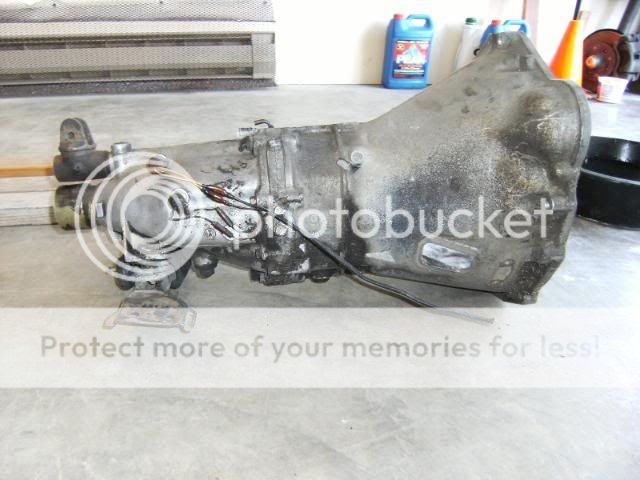I've got the basic layout in my head, and to some extent on the 'puter, but here's the brief description. It will be rear (mid-)engined two seater with fiberglass sandwich monocoque tub (boat-style mouldless construction), additionally stiffened by 'stringers' and four Al box bulkheads (two will house all suspension components) bonded and bolted to the tub. The rest of it will basically be three fiberglass pieces- front and rear bodywork, and central section acting partly as bodywork, partly as stiffener, and partly as seats. Suspension will of course be double wishbones all around (general idea was pullrod at the front and pushrod to the upright at the rear). This design is partially necessitated by the cost, but because I will be able to work on design of various 'subassemblies' independently. BTW, I know I might be flamed by rather unorthodox (at least since 1960-ies) concept of using the driver's head to protect the car in case of flipping it over (rather than pansy vice-versa approach) but hey... even if I ever get to building one- it will be for personal use.
As for engine- it will have to be some motorcycle engine, although I might be more inclined to using 4AGE (but unfortunately, I think I'd have trouble laying my hands on one)...
Right now I'm putting together front suspension assembly, but am not terribly happy with suspension geometry so would welcome comments and criticisms (thankfully, my CAD model is quite adaptive, and I will be able to change anything, on the trot). I've managed quite decent scrub, more-or-less decent RCH, but I'm not so sure about camber change...Is anybody willing to help poor old moi?
My guesstimated values would suggest I would get around 50% load transfer ad 1.2g, which would result (without ARBs) in something like 1.5° roll... And here are some graphs I've made (I haven't done much in a way of placing steering rack and stuff):

P.S. As for RCH going bellow the ground, it might not be nicest thing to happen, but I reckon hitting the bump stops would already have unsettled the car before that...



























